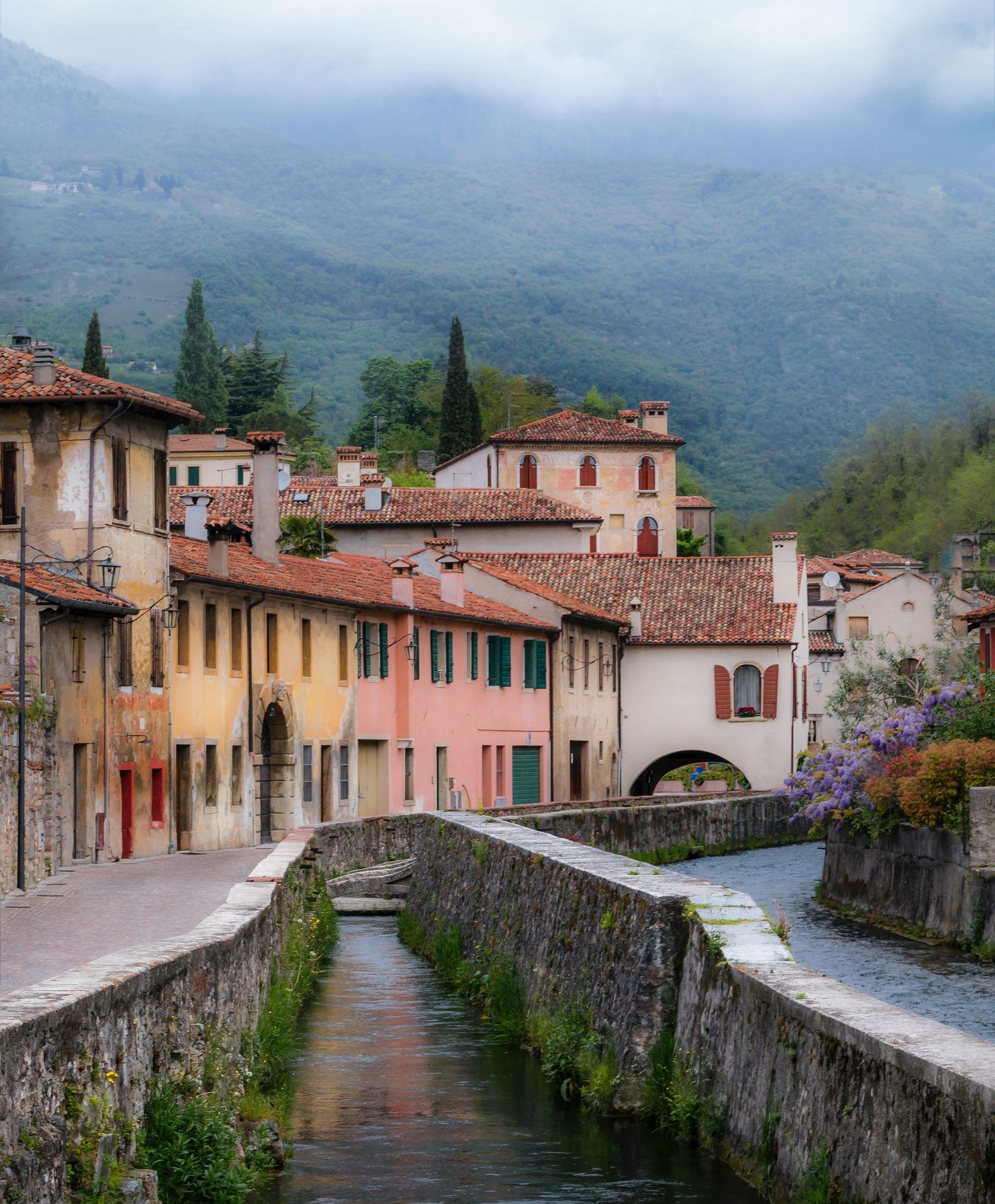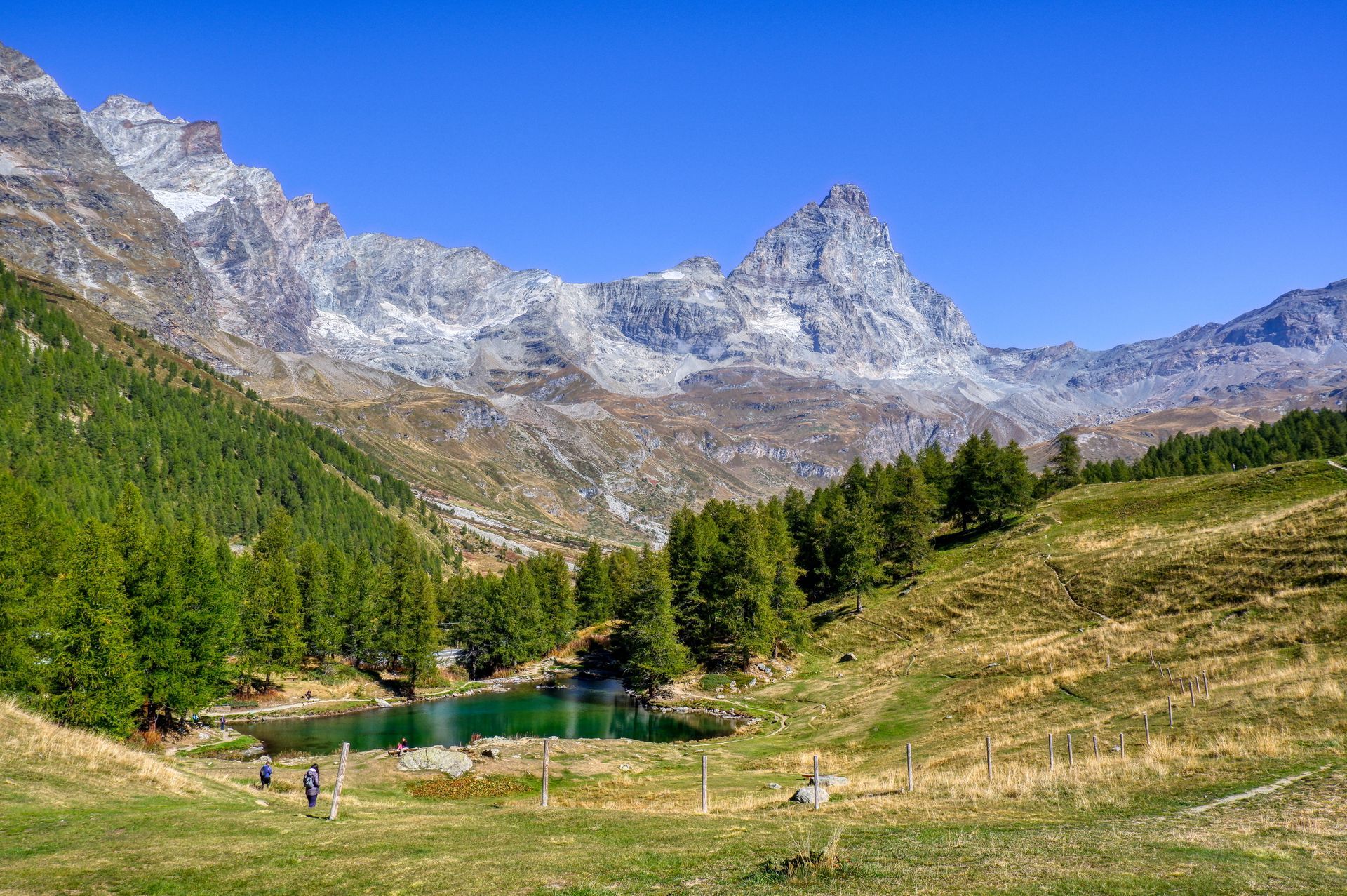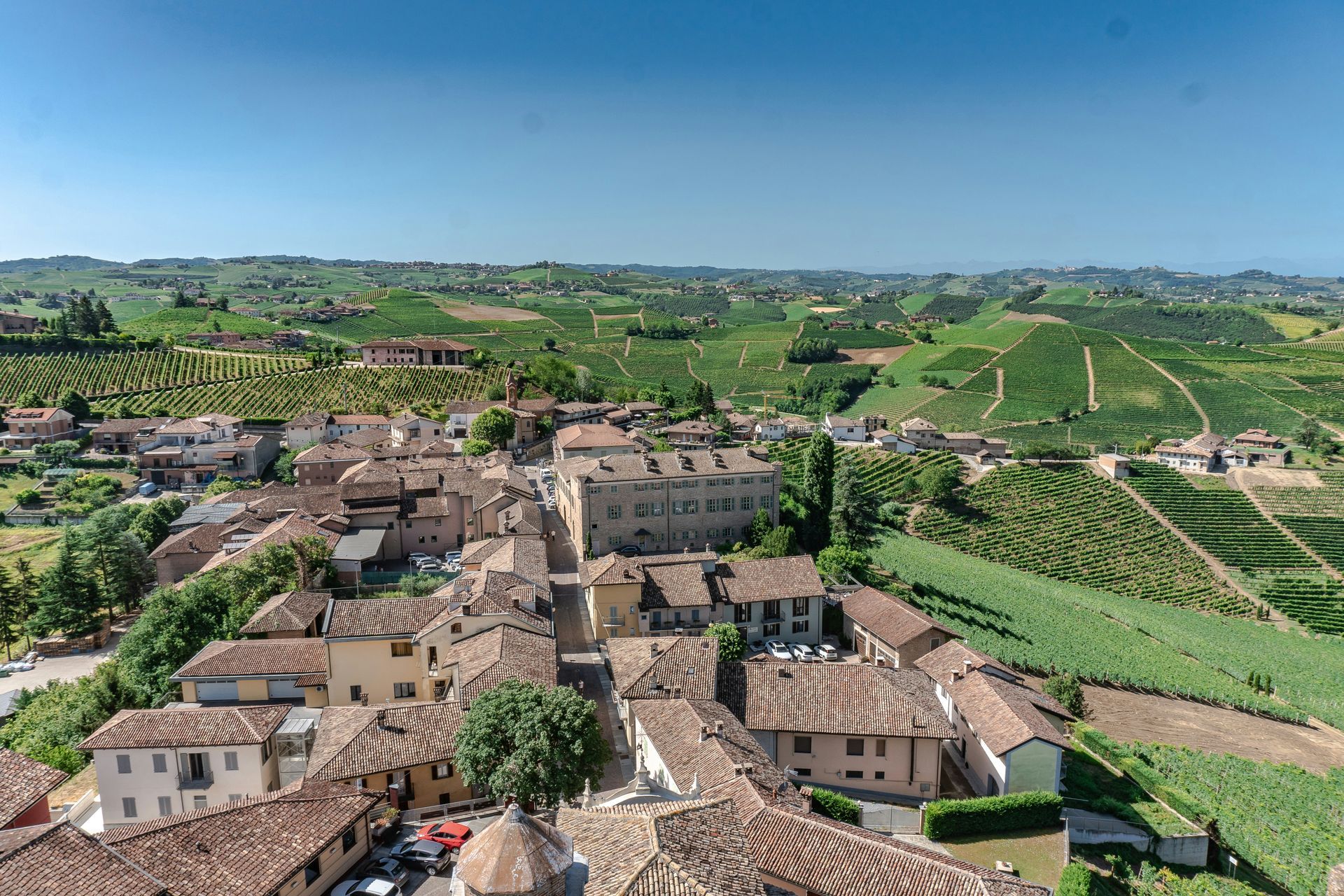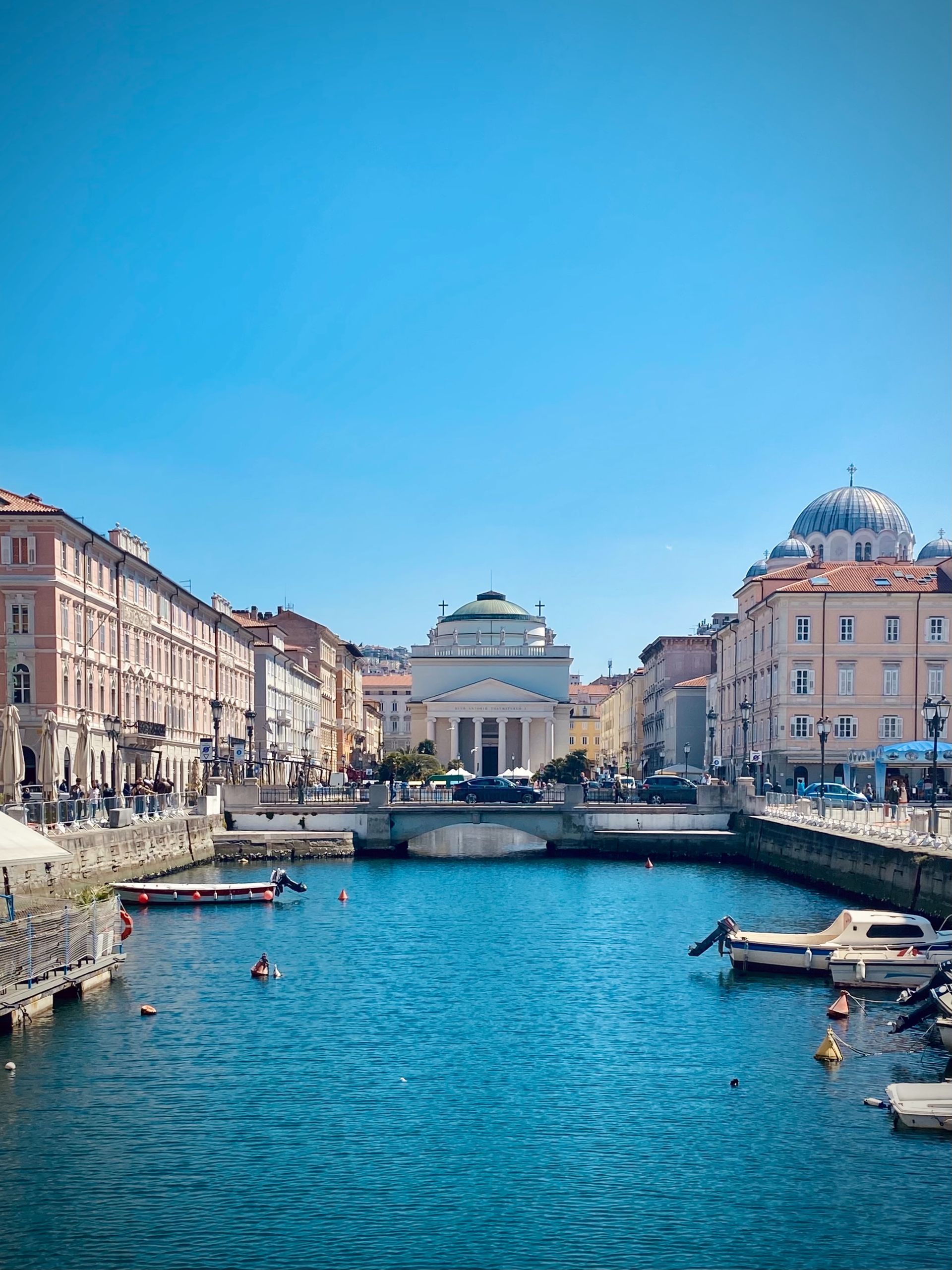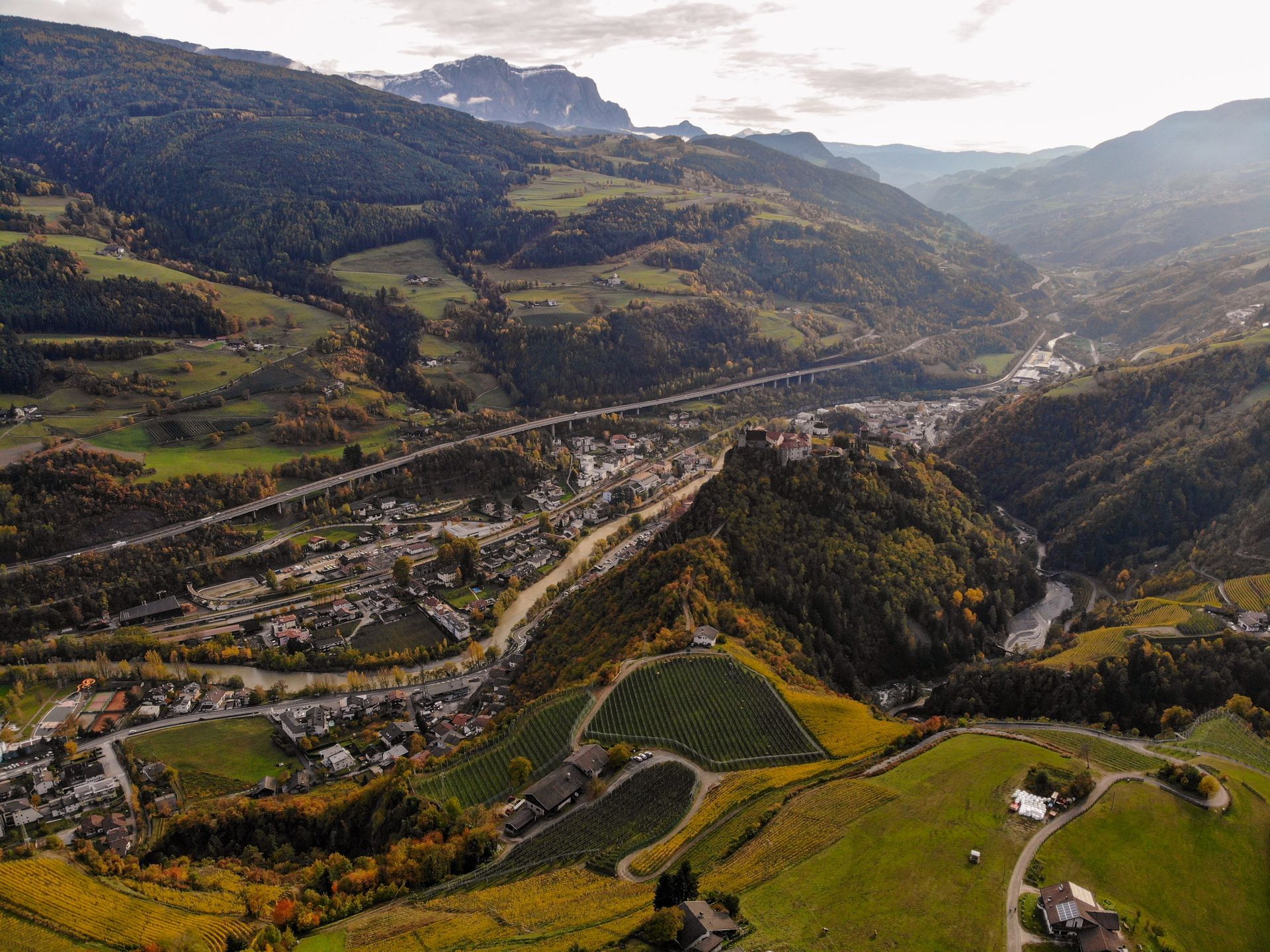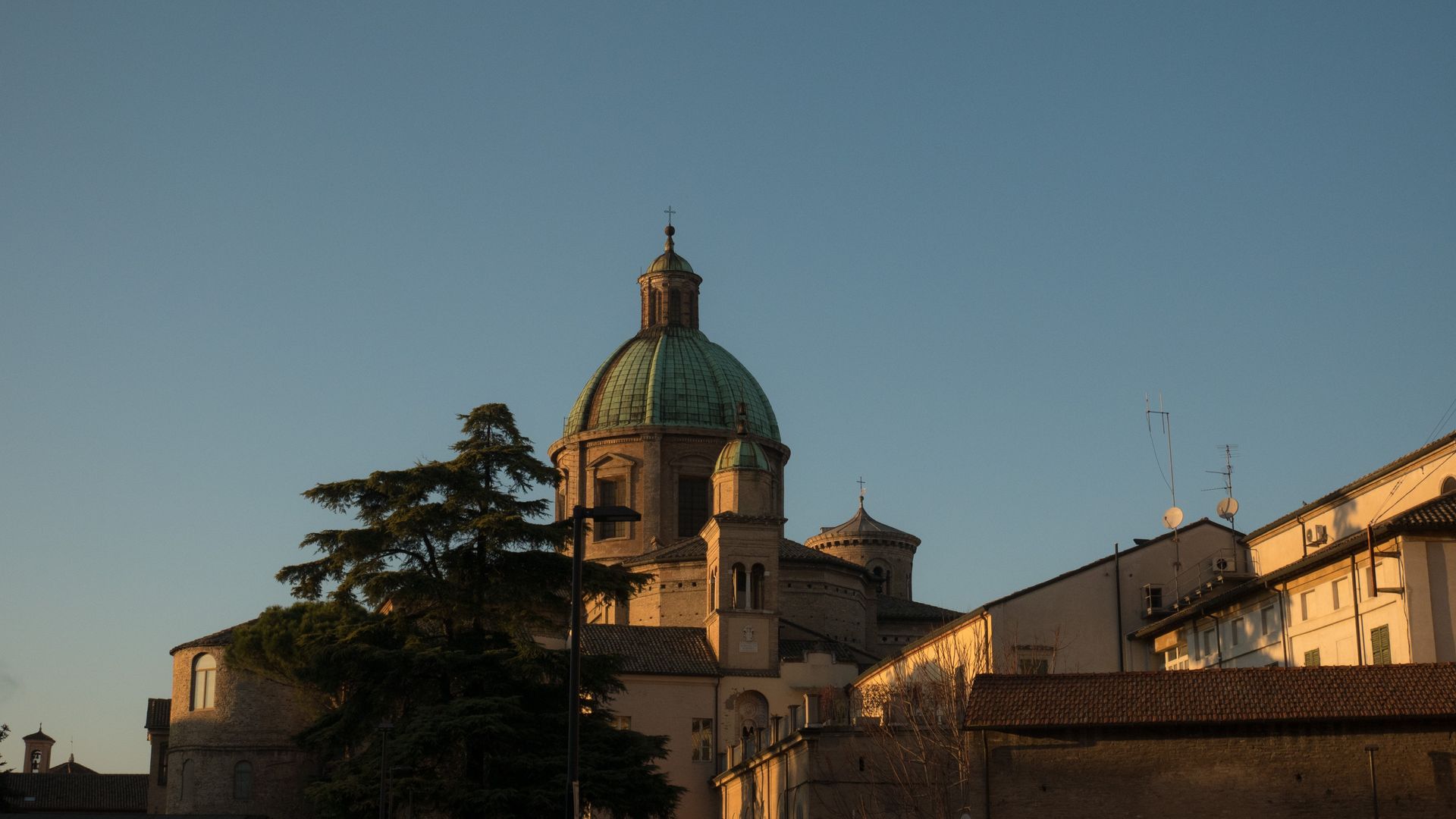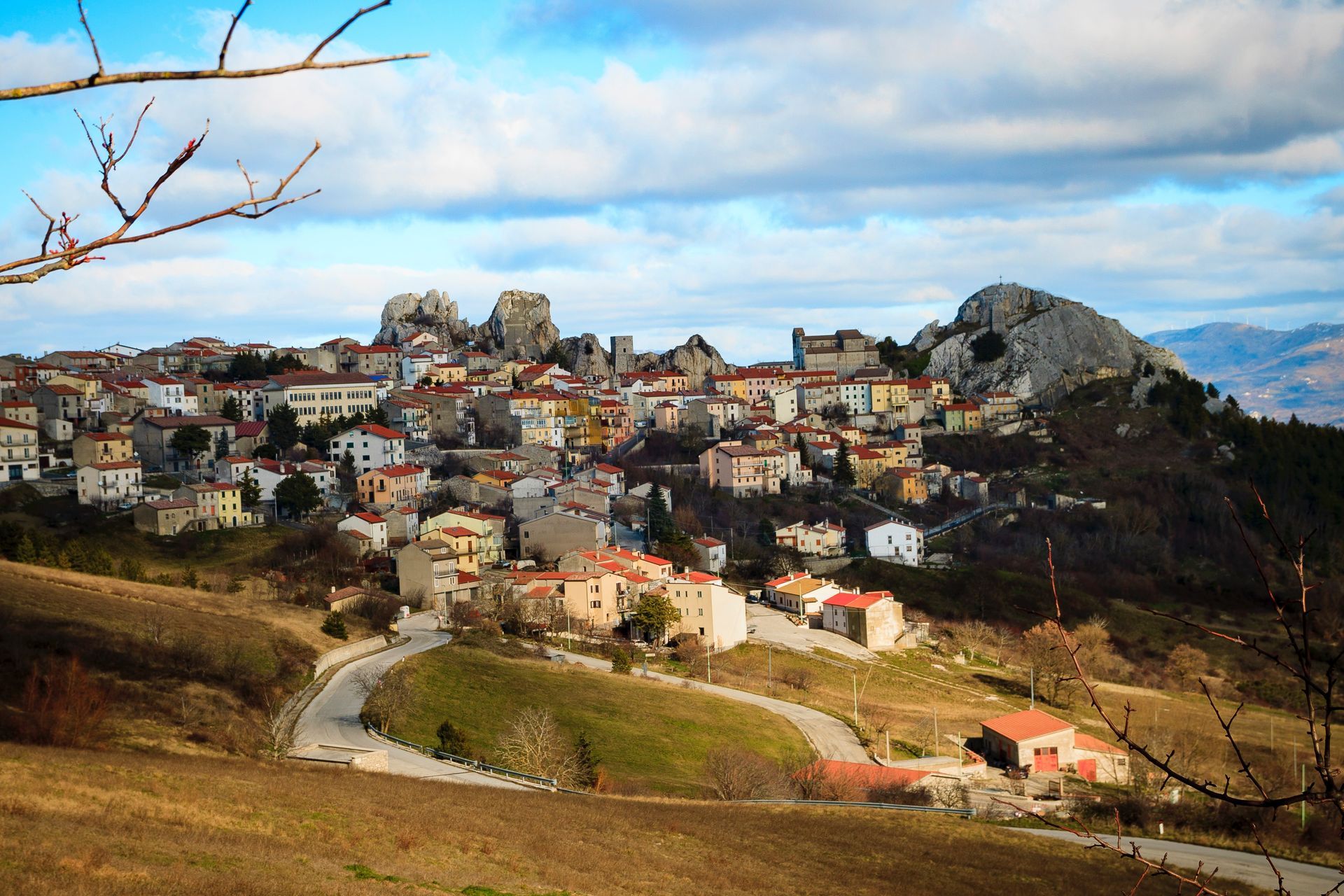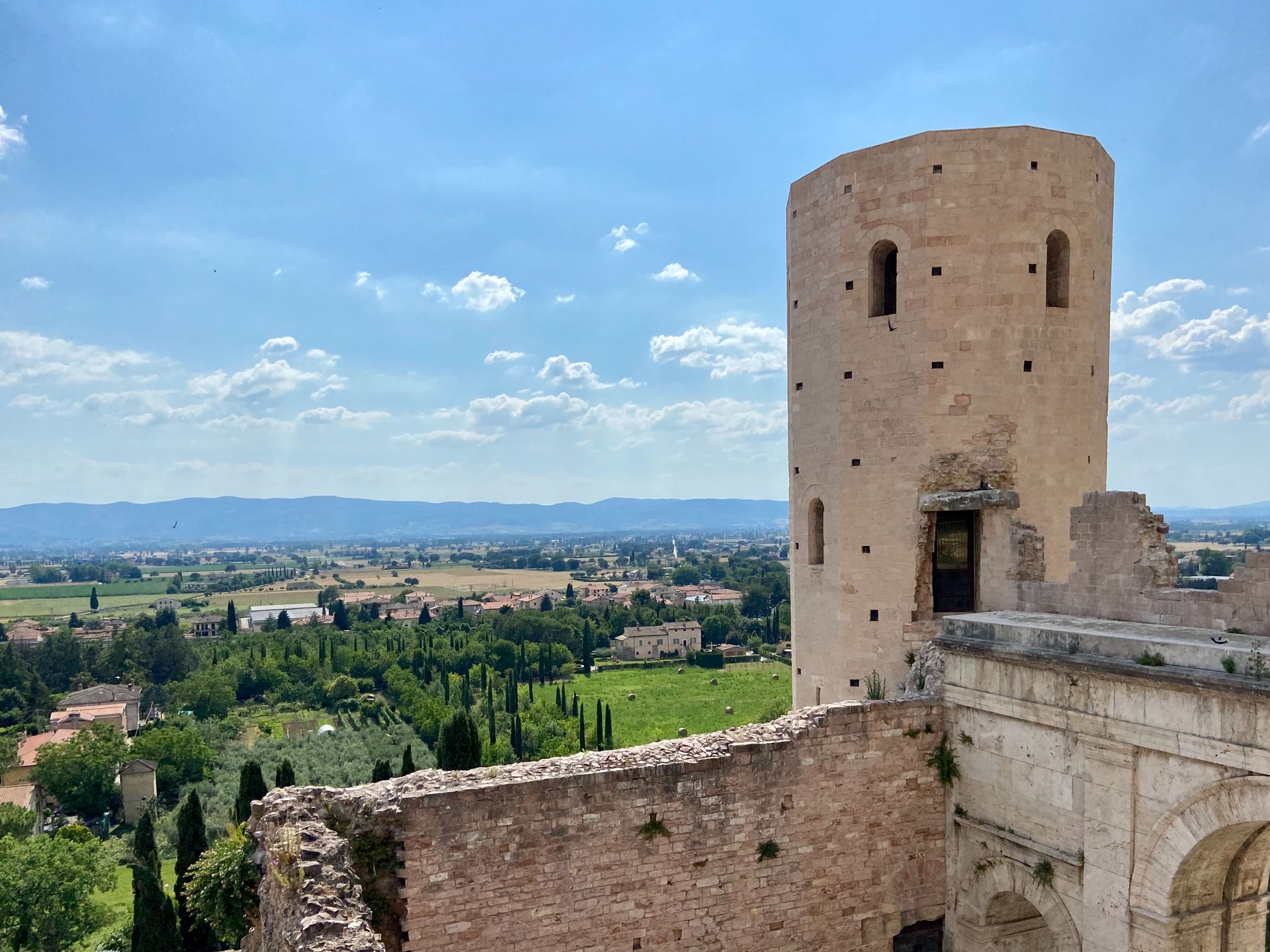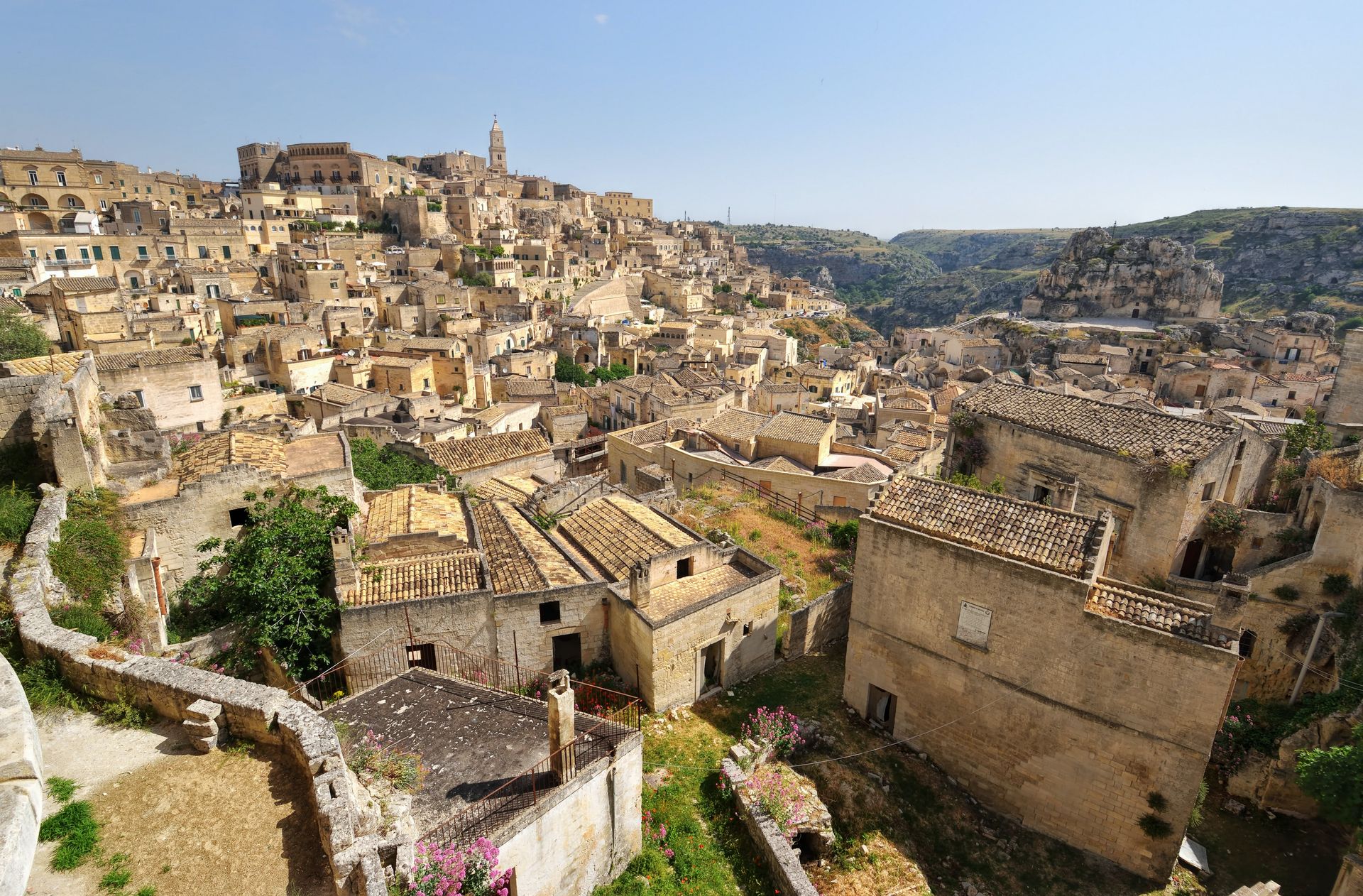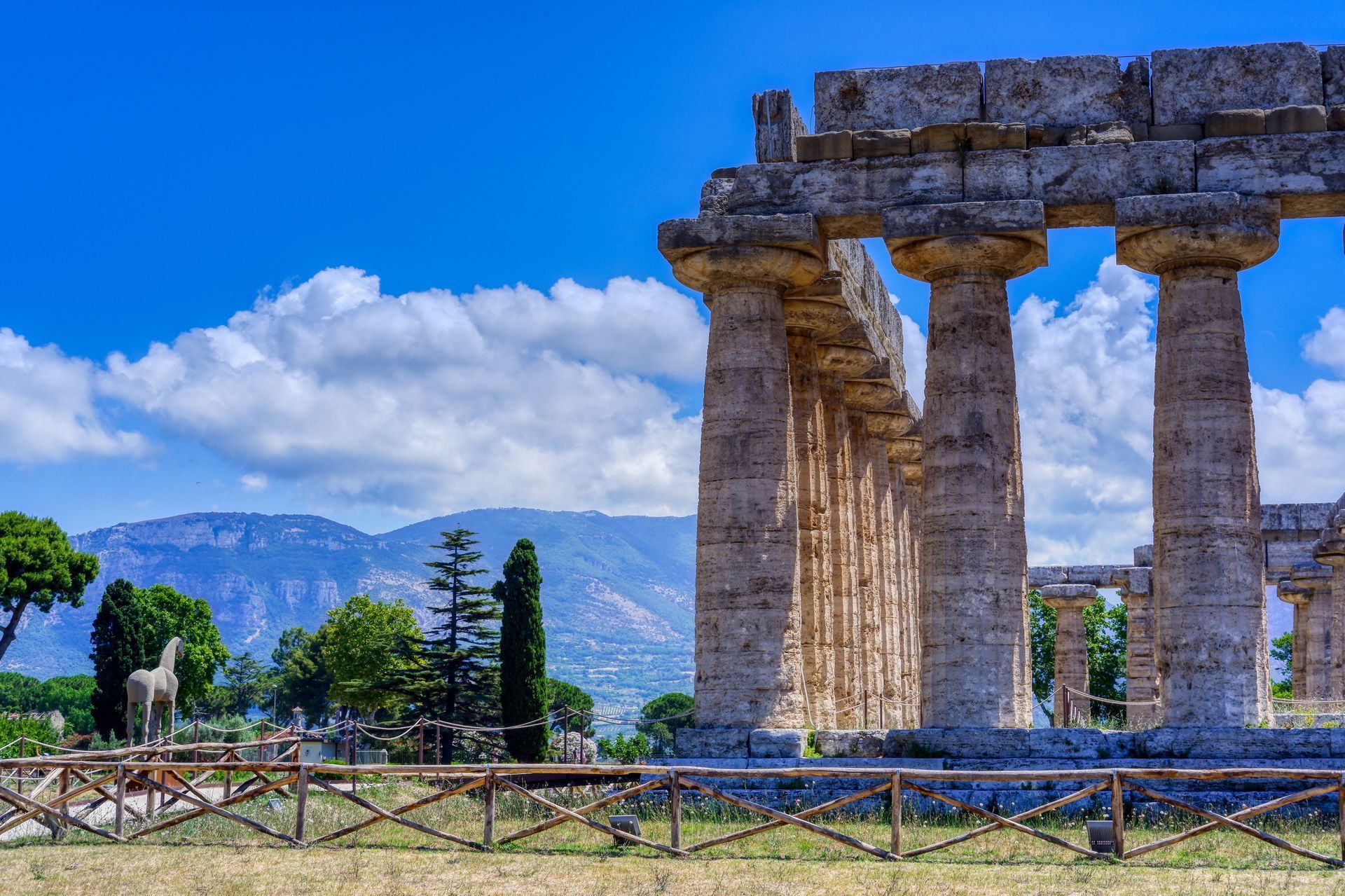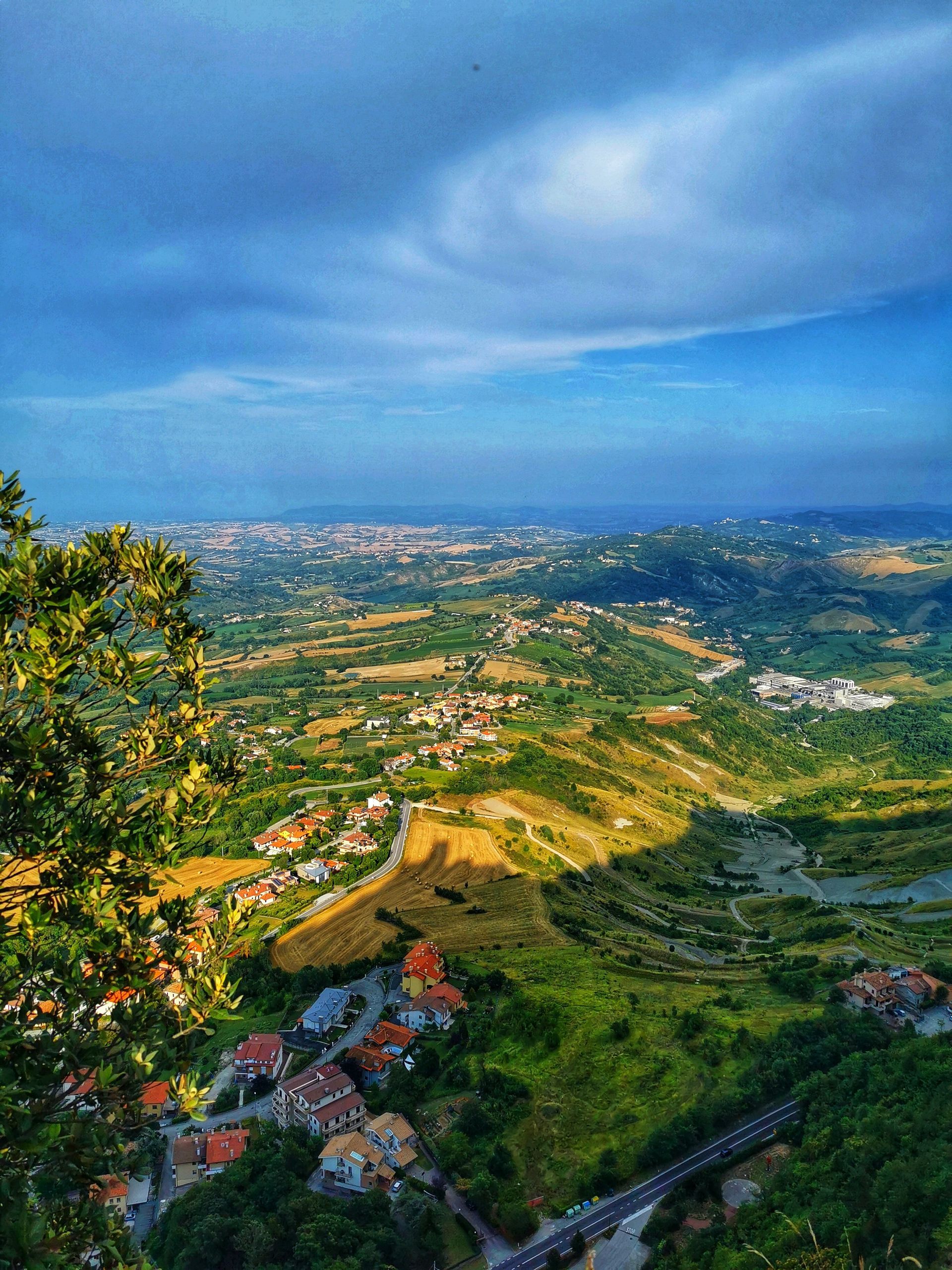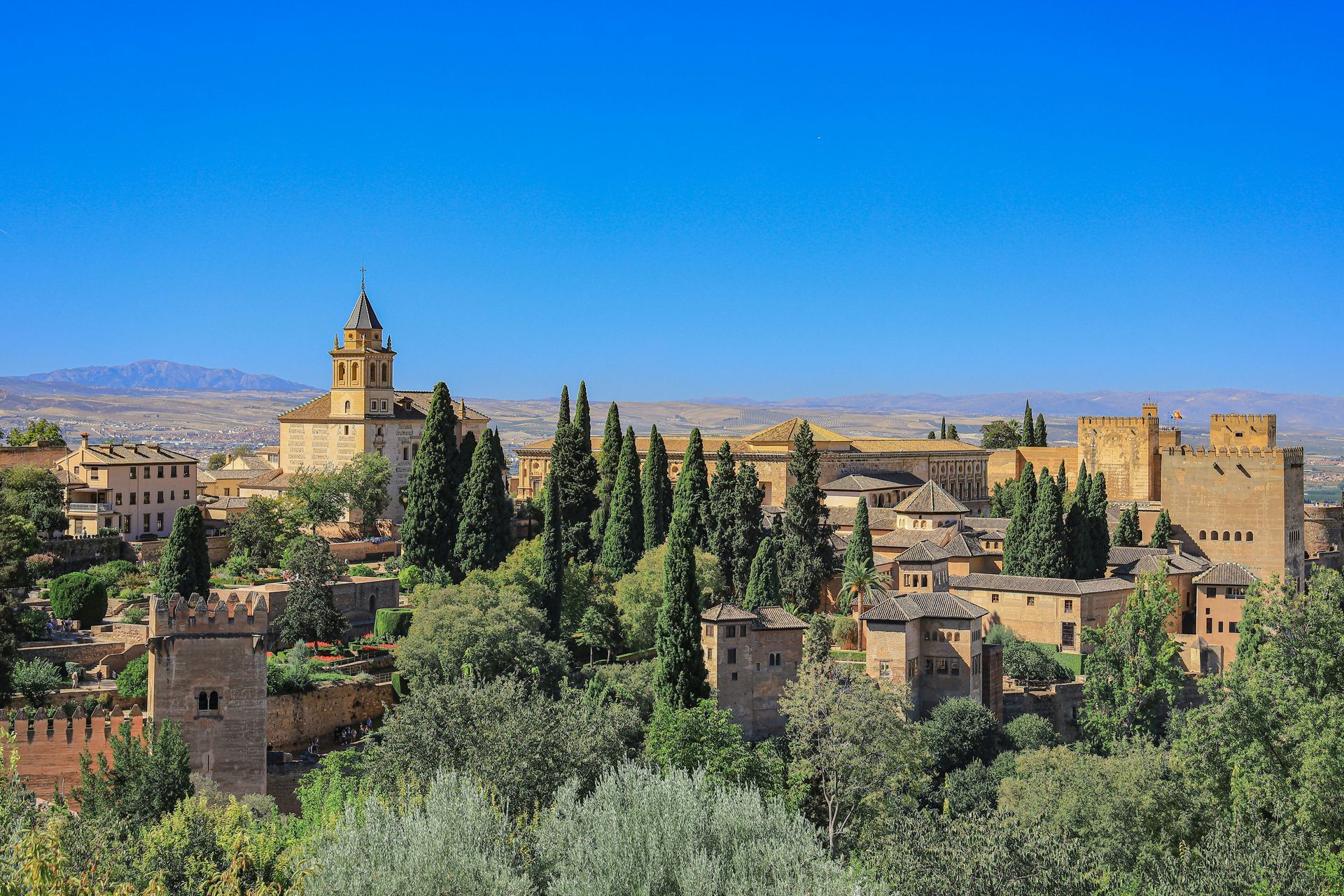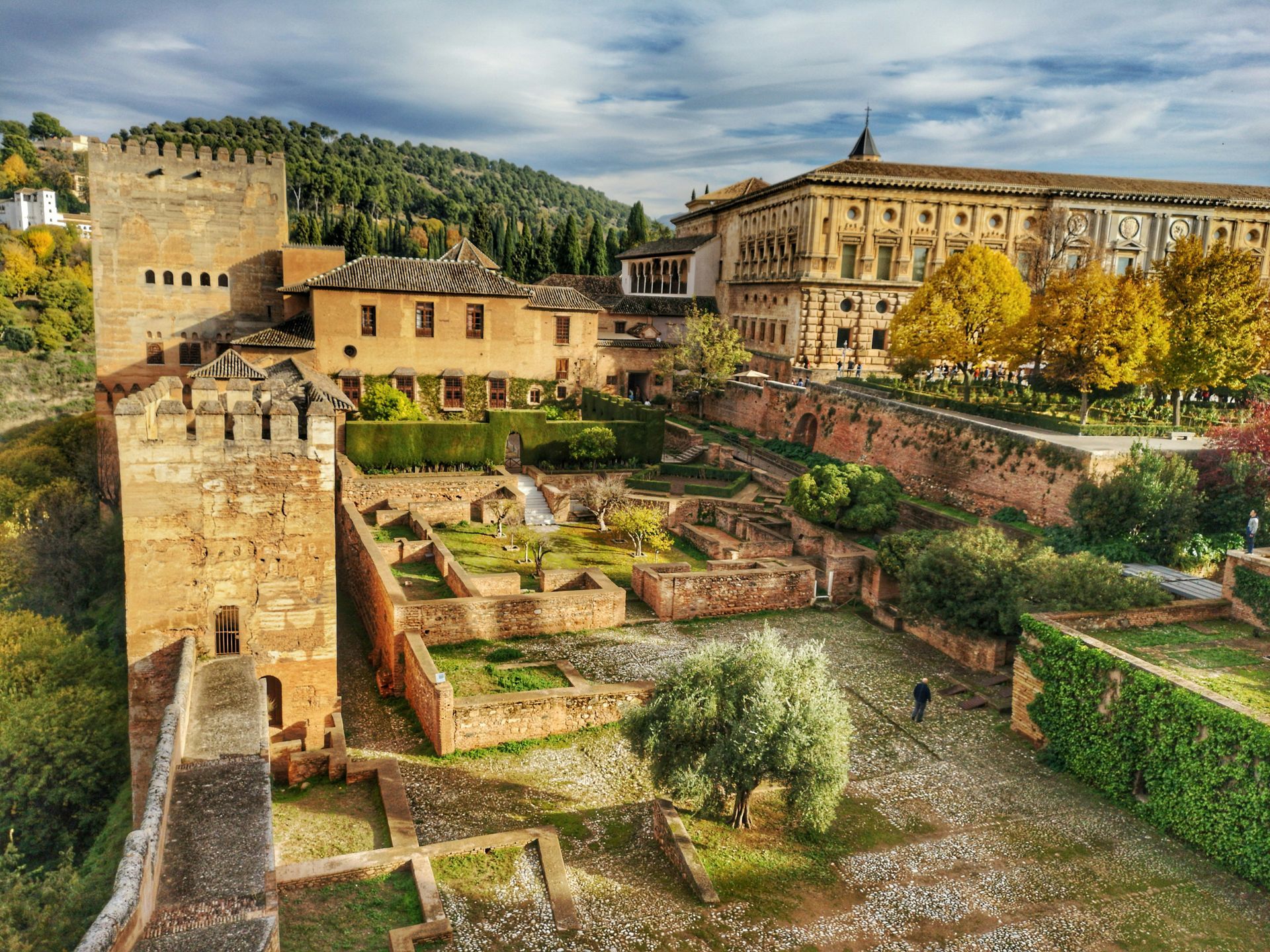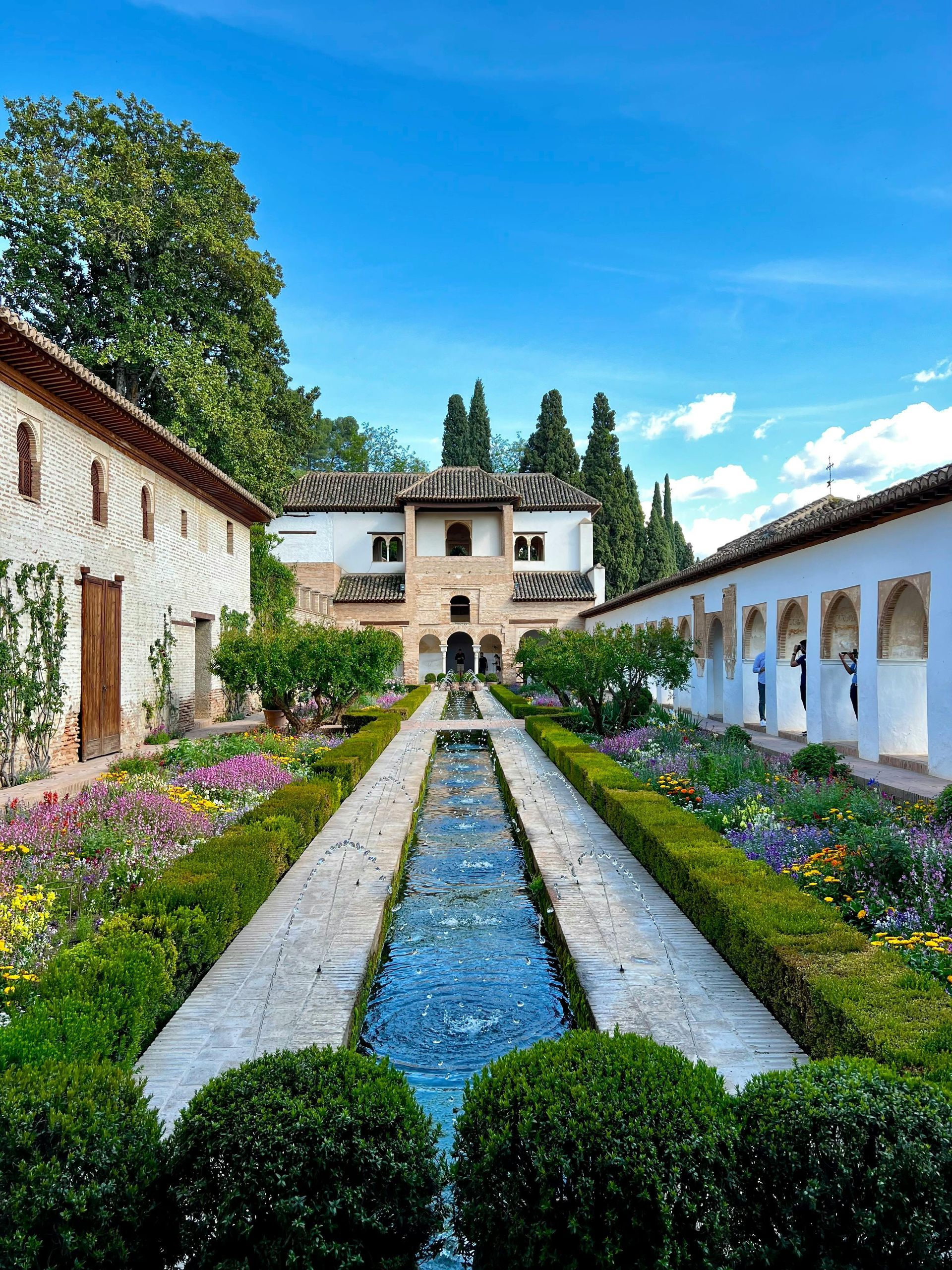Spreading Smile across the globe
Hidden Gems of Northern Italy
Hidden Gems of Italy are a testament to the country's diverse and enchanting beauty, often concealed from the traditional tourist routes. While Italy is celebrated for its iconic cities like Rome, Florence, Venice, and the Amalfi and Cinque Terre coasts, it's the lesser-known destinations that promise a unique journey. These unexplored regions offer travellers a chance to experience Italy's authentic culinary delights, rich historical narratives, and stunning natural landscapes. From the northern reaches to the southern shores, these Hidden Gems of Italy reveal a different facet of this remarkable nation.
Lake Orta - Piedmont
Hidden Gems of Italy come to life at Lake Orta, tucked away near the Swiss border in the heart of Piedmont. This hidden paradise often evades the spotlight compared to its more famous counterparts like Lake Como and Lake Garda. The historic town of Orta San Giulio, with its Baroque and Medieval architecture, cobbled streets, and idyllic Piazza Motta, enchants visitors. The glistening waters of the lake itself invite moments of serenity. What makes Lake Orta truly extraordinary is the mysterious island at its centre—a tranquil sanctuary inhabited by resident nuns.
Treviso - Veneto
Among the Hidden Gems of Italy, Treviso stands as a city in the Veneto region that retains its genuine northern Italian charm. Meandering through its narrow cobbled lanes, picturesque canals, and medieval city walls feels like a step back. Positioned on the fringes of the renowned Prosecco wine region, Treviso provides a delightful excuse for an aperitivo with a glass of Italy's renowned sparkling Prosecco.
Aosta Valley
Nestled among the bordering landscapes of Switzerland and France, the Aosta Valley showcases breathtaking alpine scenery, perched castles, and traditions that thrive throughout the year. When spring and summer arrive, the region's walking trails entice explorers. This season also brings lively festivals that celebrate folk traditions that date back to medieval times. Be sure to savour the local cheese Fontina, a culinary delight that embodies the spirit of this Hidden Gem of Italy.
Alba - Piedmont
Alba, a sought-after destination among Italy's hidden gems, is situated in the vineyards of the Langhe Hills. Once adorned with a hundred towers, Alba exudes a charming rural ambience. It's renowned for its autumn truffle festival, a gastronomic event that captures the essence of the region. Alba is also celebrated for its dark chocolate, hazelnut groves, white truffles, and prestigious wineries. It's from this very region that the sought-after Barolo wine originates.
Camogli - Liguria
Camogli, a typical and vibrant Italian seaside village on the Ligurian Riviera di Levante, perfectly embodies the spirit of the Hidden Gems of Italy. Towering, brightly painted houses dominate the town, and it has become a magnet for visitors seeking pristine beaches, Ligurian cuisine, the rustic fishing marina, Italian culture, and a tranquil natural setting. Camogli has earned its reputation for culinary excellence, focusing on fish and seafood, particularly anchovies and tuna, as well as the iconic pesto sauce made from basil and pine nuts.
Brescia - Lombardy
Hidden Gems of Italy often come alive through history, and Brescia is no exception. In this small city, history unfolds through a tapestry of architectural styles, spanning Roman, Medieval, Renaissance, Baroque, and even Art Deco. Walking through Brescia feels like a journey through time, and a visit to the captivating Piazza della Loggia, framed by a stunning Venetian-style palace at its heart, is a must for history enthusiasts.
Trieste
Trieste is a refreshingly unique destination, an Italian city positioned near the Slovenian border with its dialect that's a delightful blend of Austrian-German, Greek, Croatian, and Italian. Trieste's neoclassical waterfront is a sight to behold, with its marina brimming with stylish, glimmering yachts. The city's offerings include clear blue skies, expansive sandy beaches, city lidos, and the surrounding vineyards. Trieste is a Hidden Gem of Italy that belongs on every traveller's Northern Italian itinerary.
Modena - Emilia-Romagna
Modena is famed for its Hidden Gems of Italy, including balsamic vinegar, Luciano Pavarotti, the Romanesque cathedral, and the nearby Ferrari museum. Beyond these illustrious attractions, Modena reveals a treasure trove of remarkable restaurants. Massimo Bottura's Osteria Francescana has twice earned a place among the world's top 50 eateries, showcasing the culinary excellence of this Hidden Gem. While in Modena, don't miss the chance to savour local specialities like stuffed tortellini and sparkling Lambrusco wine, the perfect complement to your gastronomic journey.
Chiusa / Klausen - South Tyrol
Chiusa, also known as Klausen, is one of Italy's most picturesque villages. It is situated on the banks of the Isarco River in the South Tyrolean region near the Austrian border. Chestnut groves, green fields, vineyards, and farmsteads surround the town. In the village itself, visitors are captivated by narrow alleyways, coats of arms, large bay windows, crenellated facades, and the two main squares.
Ravenna - Emilia-Romagna
Ravenna offers a treasure trove of experiences among the Hidden Gems of Italy. This city is a feast for the senses, with its diverse offerings of food, music, art, culture, history, beaches, wine, and mosaics. Ravenna is home to eight UNESCO-listed sites, making it a must-visit for history and art enthusiasts. It's also known for its two-month-long music festival, Dante Alighieri's tomb, local culinary delights, nearby beach resorts, and the opportunity to explore pinewood forests. The city's fame is derived from its stunning mosaics, dating from the fifth and sixth centuries, scattered throughout the town.
In conclusion, Italy's Hidden Gems invite you to embark on a journey less travelled, where the rich tapestry of history, diverse cuisine, and breathtaking landscapes come to life. These lesser-known destinations provide an authentic Italian experience, away from the bustling crowds, revealing the nation's soul in its purest form. Explore these Hidden Gems to uncover Italy's hidden treasures.
Hidden Gems of Central Italy
Hidden Gems of Italy beckon the adventurous traveller to explore the lesser-known treasures that this remarkable country holds. From the picturesque valleys of Tuscany to the medieval charm of Umbria, the mysterious landscapes of Molise, and the architectural wonders of San Gimignano, these destinations promise unforgettable experiences.
Garfagnana - Tuscany
The Garfagnana region is a hidden gem in the beautiful Tuscan valley north of Lucca. It is crossed by the Serchio River, and the landscape is characterized by fertile greenery, rugged mountains, and charming villages. Outdoor activities such as hiking, walking, and mountain biking are enjoyed by many people in this area. Garfagnana is home to several one-of-a-kind attractions, including a ghost town, a wind cave, and the Devil's Bridge at Borgo a Mozzano.
Gubbio - Umbria
Umbria hides many treasures, and a particular favourite among Hidden Gems of Italy is the Medieval hilltop town of Gubbio. Gubbio, a city with a history dating back over 2,000 years, is a maze of cobbled streets and stone buildings that have been perfectly preserved. Visitors can take a cable car to the summit of Mount Ingino to enjoy panoramic views of the surrounding area. In addition, Gubbio hosts Italy's oldest event, the Corsa dei Ceri, in which teams race through the streets carrying massive wooden candles.
Molise
Molise is Italy's second-smallest region and one of its best-kept secrets. Hidden Gems of Italy are plentiful here. The picturesque town of Agnone is renowned for its artisanal bells, produced by the oldest family-run bell foundry in the world. Meanwhile, Campobasso, the regional capital, boasts a stunning medieval old town. Molise offers a captivating mix of historical charm and natural beauty, with rugged mountains, rolling hills, and pristine beaches along the Adriatic coast.
San Gimignano - Tuscany
Nestled in the heart of Tuscany, San Gimignano boasts medieval architecture and, of course, its famous towers. The town's historic centre is a UNESCO World Heritage site, known for its fourteen stone towers that once symbolised wealth and power. San Gimignano offers a glimpse into medieval Tuscany, with well-preserved streets and squares that transport visitors to another time. Besides the towers, make sure to explore the Collegiate Church and indulge in the local Vernaccia wine, a crisp white wine produced in the region.
Spello - Umbria
Another gem in the heart of Italy, Spello enchants visitors with its winding medieval streets and stunning floral displays. Known as the "Città Infiorata" or "flower town," Spello hosts the Infiorata festival, during which the streets are carpeted with intricate flower petal designs. This event occurs in early June and is a magnificent spectacle. Outside of the festival, Spello's charm continues with its well-preserved historic centre and beautiful churches.
Trulli of Alberobello - Apulia
Apulia, or Puglia, is famous for its unique trulli houses, and Alberobello is the epicentre of this architectural marvel. These whitewashed conical homes are a UNESCO World Heritage Site that offers a glimpse into the region's history. Visitors can even stay in trulli that have been converted into accommodations, providing a truly immersive experience.
Norcia - Umbria
Nestled in the Sibillini Mountains, Norcia is renowned for its gastronomy. This charming town produces exceptional cured meats, particularly prosciutto and salami. For food enthusiasts, Norcia is a true Hidden Gem of Italy. Explore local shops, taste the region's specialities, and visit the beautiful town square. Nature enthusiasts will also find hiking trails and natural beauty in the nearby Monti Sibillini National Park.
Montefalco - Umbria
Montefalco is often called the "Balcony of Umbria" for its stunning views over the surrounding valley. This charming town is also known for its wine, particularly Sagrantino, one of Italy's most robust red wines. Montefalco's medieval centre is picturesque and hosts several churches with remarkable frescoes, making it a cultural and gastronomic gem.
Castelluccio di Norcia - Umbria
High in the Sibillini Mountains, Castelluccio di Norcia is a quaint village known for its stunning wildflower blooms in late spring and early summer. The surrounding plateau becomes a colourful tapestry, attracting photographers and nature enthusiasts. Besides the flowers, visitors can enjoy hiking and take in the breathtaking scenery. Hidden Gems of Italy like Castelluccio di Norcia provide a unique connection to nature and the changing seasons.
In the heart of Italy, a treasury of Hidden Gems awaits the intrepid traveller. From the mysterious ghost town of Garfagnana to the ancient charms of Gubbio, the enchanting landscapes of Molise, and the medieval splendours of San Gimignano, these lesser-known destinations reveal Italy's diverse beauty and rich history. Journey through the tranquil streets of Spello, marvel at the unique trulli houses in Alberobello, savour the culinary delights of Norcia, and bask in the vibrant blooms of Castelluccio di Norcia. These Hidden Gems of Italy promise an unforgettable adventure in a land of timeless wonder.
Hidden Gems of Southern Italy
Italy, a land of rich history, captivating art, and exquisite cuisine, is known for its iconic cities and world-famous landmarks. Despite the tourist-filled streets and crowded piazzas, the country holds many hidden gems—lesser-known destinations that offer a more intimate and authentic experience. These places, tucked away in various corners of Italy, are a testament to the nation's diverse and enchanting beauty, waiting to be explored by the discerning traveller. From medieval towns perched atop hills to charming coastal villages and ancient archaeological sites, the Hidden Gems of Italy promise unique adventures and unforgettable memories.
Civita di Bagnoregio - Lazio
Civita di Bagnoregio is often called the "Dying Town" because of its gradual erosion over the centuries. This medieval village is perched on a hilltop and can only be reached by a long footbridge. It's a unique destination, seemingly suspended in time, and is the perfect Hidden Gem for history buffs and photographers.
Matera - Basilicata
Matera, known for its cave dwellings, is one of Italy's most intriguing and unique destinations. The Sassi di Matera, a historic cave settlement, is a UNESCO World Heritage Site. Matera is gaining popularity but still qualifies as one of the Hidden Gems of Italy. Touring this labyrinth of stone-carved rooms and narrow streets offers an incredible historical journey.
Sperlonga - Lazio
Sperlonga is a charming coastal town characterized by its pristine beaches, winding alleys, and picturesque piazzas. Nestled between Rome and Naples, Sperlonga is often overlooked by travellers. A visit here reveals a relaxed and authentic Italian atmosphere, perfect for strolls and seaside relaxation. Take advantage of the Grotto of Tiberius, a cave once used as the emperor's villa and now a museum.
Paestum - Campania
The ancient ruins of Paestum, originally a Greek colony known as Poseidonia, provide an extraordinary window into Italy's history. The temples are exceptionally well-preserved, ranking among the best-preserved in the world. Paestum is also home to a fascinating archaeological museum that displays artefacts from the site. Enjoy a step back in time amid the Hidden Gems of Italy.
Castro - Apulia
Castro, a picturesque coastal town, boasts a historic centre perched on a rocky outcrop. Visitors can explore ancient churches, fortifications, and a charming harbour. Castro also has sea caves that can be explored by boat. The region's cuisine is a seafood lover's paradise, making this town a Hidden Gem for food enthusiasts as well.
Scilla - Calabria
Scilla, an idyllic coastal village in Calabria, offers stunning sea views and hidden beaches. The town is known for the Ruffo Castle, which dominates the landscape, and the legendary sea monster Scylla from Greek mythology. The charming village is a serene and lesser-known alternative to some of the more crowded Italian seaside destinations.
San Marino
San Marino is a microstate surrounded by Italy and is one of the world's oldest republics. It's a destination that's often missed, making it a true Hidden Gem. San Marino boasts dramatic mountaintop views, historic architecture, and unique attractions like the Guaita Tower and the Palazzo Pubblico. For collectors, the country is also known for its beautiful stamps and coins.
Conclusion
Discovering the Allure of Hidden Gems of Italy
Hidden Gems of Italy offers travellers an authentic experience, far removed from the tourist-packed cities and famous landmarks. These lesser-known destinations unravel the genuine charm, culture, history, and culinary wonders that make Italy an endlessly fascinating country to explore. From the mountains of the North to the coasts of the South, each region holds its treasures, waiting to be discovered by those who venture off the beaten path. By exploring the Hidden Gems of Italy, you can craft a unique and unforgettable journey that deepens your appreciation of this incredible country. Plan your trip carefully, and you will be rewarded with the beauty, history, and flavours that characterize these enchanting places.
Moorish Majesty:
Exploring the Legacy of Alhambra in Granada
In the heart of Granada lies one of the most iconic and enchanting legacies of Moorish Spain: the Alhambra. Sitting majestically on a hill above the city, this impressive fortress compound stands as a symbol of Andalusia's vibrant cultural legacy and architectural grandeur. As one of Spain's most visited attractions, the Alhambra in Granada beckons travellers from around the globe to immerse themselves in its captivating history and breathtaking beauty.
Originating in the 9th century, the Alhambra epitomizes the varied cultural influences of the region, seamlessly melding Islamic, Christian, and Renaissance features. From the intricately carved stucco walls to the lush gardens adorned with vibrant flora, every corner of the Alhambra tells a story of opulence, innovation, and artistic mastery.
Embarking on a journey to explore the legacy of the Alhambra in Granada is to step back in time and witness the enduring legacy of Moorish civilization in Spain. Join us as we delve into the allure of this UNESCO World Heritage site and uncover the secrets of its timeless allure.
Before You Go
Before embarking on your journey to the Alhambra in Granada, it's essential to plan ahead to make the most of your visit to this iconic landmark. Firstly, it's advisable to book your tickets well in advance, as Alhambra is one of Spain's most popular tourist destinations and tickets can sell out quickly, especially during peak seasons.
Upon arrival, be sure to allocate ample time to explore the vast complex thoroughly. The Alhambra encompasses not only the stunning Nasrid Palaces but also the Generalife Gardens, the Alcazaba fortress, and the Palace of Charles V, each offering its own unique charm and historical significance.
For a deeper understanding of the Alhambra's beauty and historical importance in Granada, contemplate engaging a well-informed guide who can offer insights into its intricate architecture and storied past. Alternatively, audio guides are available in multiple languages for a self-guided tour.
As you explore the Alhambra, remember to wear comfortable shoes and dress appropriately, as certain areas may require modest attire out of respect for the site's cultural significance.
Finally, remember to pack an ample supply of water and sunscreen, particularly in the hotter seasons, as the sun in Andalusia can be quite harsh.
By preparing in advance and following these tips, you'll be well-equipped to embark on an unforgettable journey through the captivating legacy of the Alhambra in Granada, immersing yourself in centuries of history, culture, and architectural splendour.
Getting There From the City Center
Getting to Alhambra in Granada from the city centre of Granada is relatively straightforward and offers several convenient options for visitors. One popular method is to take a leisurely stroll from the city centre to the Alhambra, which allows you to enjoy the picturesque streets of Granada and soak in the charming ambience along the way. The stroll generally lasts between 30 to 40 minutes, varying with your initial location and walking speed.
Alternatively, you have the option to utilize public transportation, like the local bus system, which offers frequent routes connecting the city center with the Alhambra. Bus lines C3 and C4 both stop near the entrance to the Alhambra complex, offering a convenient and cost-effective way to reach your destination.
For those seeking a more scenic route, consider taking a taxi or a guided tour, which often includes transportation to and from the Alhambra as part of the package. Taxis are readily available throughout Granada and can provide a comfortable and efficient means of transportation to the Alhambra in Granada.
Additionally, visitors driving to the Alhambra can take advantage of the onsite parking facilities located near the entrance to the complex. However, parking spaces can be limited, particularly during peak tourist seasons, so it's advisable to arrive early to secure a spot.
Regardless of which mode of transportation you choose, arriving at the Alhambra in Granada is sure to be the start of an unforgettable journey through one of Spain's most iconic and treasured landmarks.
Nasrid Palaces
The Nasrid Palaces stand as the crown jewel of the Alhambra in Granada, captivating visitors with their exquisite beauty and rich history. These palaces, constructed during the reign of the Nasrid dynasty in the 14th century, showcase the pinnacle of Moorish art and architecture in Spain.
As you step into the Nasrid Palaces, you're transported back in time to a world of intricate stucco work, ornate tile patterns, and tranquil courtyards adorned with lush gardens and bubbling fountains. Each room within the palaces is a testament to the skill and craftsmanship of the Moorish artisans who painstakingly created these masterpieces centuries ago.
Highlights of the Nasrid Palaces include the stunning Court of the Lions, with its iconic fountain surrounded by intricate columnar arcades, and the Hall of the Ambassadors, renowned for its breathtaking domed ceiling and stunning views of the surrounding landscape.
Exploring the Nasrid Palaces offers a glimpse into the opulent lifestyle of the Nasrid rulers and provides insight into the cultural fusion that characterized Al-Andalus during this period. Visitors are encouraged to take their time wandering through the labyrinthine corridors and chambers, allowing themselves to be enveloped by the enchanting atmosphere of this architectural marvel.
A visit to the Nasrid Palaces is a must for anyone travelling to Granada, offering a profound appreciation for the rich cultural heritage and architectural splendour of the Alhambra in Granada. It's an experience that will leave a lasting impression and create memories to cherish for a lifetime.
Alcazaba
Perched majestically atop the Alhambra hill, the Alcazaba stands as a formidable fortress within the complex of the Alhambra in Granada. Constructed in the 9th century during the reign of the Moors, the Alcazaba served as both a military stronghold and a royal residence, offering commanding views of the surrounding landscape.
As you approach the Alcazaba in Granada, you're greeted by imposing walls and towering watchtowers, a testament to its strategic importance in defending the city. Stepping through the ancient gates, you're transported back in time to an era of Moorish rule, where soldiers once stood guard and rulers held court.
Exploring the Alcazaba allows you to wander through its labyrinthine passageways, climb its imposing towers, and admire its architectural grandeur. From the top of the towers, you're rewarded with panoramic views of Granada, with the Sierra Nevada mountains looming in the distance.
Highlights of the Alcazaba include the Torre de la Vela, or Watchtower, which offers unparalleled views of the city and the Alhambra complex, and the Plaza de Armas, a spacious courtyard where soldiers once drilled and ceremonies were held.
Visiting the Alcazaba is a journey into Granada's rich history and heritage, offering insight into the city's Moorish past and the enduring legacy of Al-Andalus. It's a must-see attraction for history enthusiasts, architecture lovers, and anyone seeking to immerse themselves in the captivating ambience of the Alhambra in Granada.
Generalife
Nestled within the expansive grounds of the Alhambra in Granada lies the Generalife, a stunning testament to the Moorish ingenuity and love for nature. This exquisite palace and garden complex served as a retreat for the Nasrid rulers, offering a serene oasis away from the hustle and bustle of the city.
As you wander through the Generalife, you're enveloped by the tranquil beauty of its lush gardens, adorned with vibrant flowers, bubbling fountains, and fragrant citrus trees. The meticulously landscaped terraces and pathways lead you on a journey of discovery, each corner revealing a new delight for the senses.
One of the highlights of the Generalife is the iconic Patio de la Acequia, or Court of the Water Channel, where a narrow canal runs through the center, flanked by rows of symmetrical gardens and water features. Here, you can sit and admire the peaceful ambiance, listening to the soothing sound of running water and birdsong.
Another must-see attraction within the Generalife is the Palace of the Generalife, a stunning example of Moorish architecture with its intricately carved arches, ornate stucco work, and elegant courtyards. Exploring the palace offers the opportunity to journey back in time, envisioning the opulent lifestyle of the Nasrid rulers within its luxurious confines.
Visiting the Generalife is a journey into the heart of Andalusian culture and history, offering a glimpse into the refined tastes and sophisticated lifestyle of Granada's Moorish rulers. It's a place of unparalleled beauty and tranquility, where nature and architecture blend seamlessly to create a harmonious sanctuary amidst the splendor of the Alhambra in Granada.
Palace of Carlos V
Nestled within the Alhambra complex in Granada, the Palace of Carlos V stands as a striking symbol of Renaissance architecture juxtaposed against the intricate Moorish designs of its surroundings. Commissioned by King Carlos V in the 16th century, this imposing structure reflects the evolving cultural and architectural landscape of Spain during that period.
Upon entering the Palace of Carlos V, visitors are greeted by its grandiose courtyard, a vast expanse of open space enclosed by towering columns and elegant archways. Its classical features, such as its balanced arrangement and graceful proportions, evoke an enduring sense of grandeur and refinement.
Within the palace, visitors can explore two primary attractions: the Museum of the Alhambra and the Museum of Fine Arts.The Museum of the Alhambra in Granada showcases artefacts and exhibits that provide insight into the history and significance of the Alhambra complex, offering visitors a deeper understanding of its cultural and architectural heritage.
Meanwhile, the Museum of Fine Arts houses a rich collection of Spanish paintings and sculptures from the medieval period to the 19th century, offering a comprehensive overview of Spain's artistic legacy.
Exploring the Palace of Carlos V offers a fascinating glimpse into the intersection of different artistic and cultural influences that have shaped Granada's identity over the centuries. It stands as proof of the lasting impact of the Alhambra and its importance as a cultural and architectural masterpiece in Spain's history.
Conclusion:
The Alhambra in Granada stands as a testament to the rich history, cultural heritage, and architectural brilliance of Spain. Its intricate designs, breathtaking gardens, and historical significance make it a must-visit destination for travellers from around the world.
Exploring the Alhambra in Granada is an unforgettable journey through centuries of Moorish and Renaissance artistry, offering insights into the diverse influences that have shaped Granada's identity. From the awe-inspiring Nasrid Palaces to the serene Generalife gardens, each corner of the Alhambra holds a story waiting to be discovered.
As guests explore its corridors and open spaces, they are whisked away to another era, immersing themselves in the magnificence and majesty of Spain's golden period. Whether admiring the intricate stucco work of the Nasrid Palaces or strolling through the fragrant rose gardens of the Generalife, the Alhambra in Granada captivates with its beauty and charm.
In conclusion, a visit to the Alhambra in Granada is not just a journey through history, but an immersive experience that leaves a lasting impression on all who have the privilege to explore its wonders.
Things To Do | Travel Information | Local's Favourites















